Danish Ansari
AI Scientist
Bengaluru, Karnataka, India
Profile
I am passionate about computer programming, having keen interest in computer vision specifically. I have been working on CV for the past 6 years and I think this is one of the technologies which is very futuristic and has a large scale impact and diversity of applications. I am currently working at Stats Perform as an AI Scientist, mentoring a team in India on CV projects.
Education
West Bengal University Of Technology - Kolkata, India
B.Tech, Information Technology — 7.9 GPA
Batch 2010 - 2014
T.Model Inter School - Gaya, India
Intermediate of Science — 71% (PCM)
Batch 2007 - 2009
Experience
Stats Perform
AI Scientist
2021-current
Working on developing AI models for live game analysis. Working with Players are challenging as all players wear similar jerseys and thus extracting individual players information becomes difficult.
Synapsica Technologies
AI Scientist
2019-2021
Worked on MRI-scans to detect multi-label, multi-class disease on intervertebral spinal discs, extracting underlying features through CNN. Got familiarity with medical data format and working principles. My role involved doing RnD for product, developing neural architecture, training model, optimizing model, deployment and mentoring team.
Graymatics
AI Engineer
2018-2019
As an Engineer at Graymatics, I enjoyed working and exploring the way CNN’s can be tweaked to achieve desired goals. Learned Python frameworks like Tensorflow and Keras. During my work I developed an end to end ANPR system with a reasonable accuracy for CCTV cameras.
Vehant Technologies
Software Development Engineer
2014-20018
Working in Vehant was a great combination of learning and contributing to the organization. Got the opportunity to explore Deep Learning and apply it to solve existing problems. As a part of the development team managed backend processing, integrating sensors to the system, developing and optimizing caffe and yolo models.
Projects
Player Tracking - Soccer
This is one of the most challenging tasks in computer vision I came across. In most games players wear very similar jerseys. And in games like soccer or basketball, it is really difficult to track a player of interest. I looked into many solutions that exist and understood it’s ideas, most of which are for crowd human tracking or vehicle tracking. And I am working on deriving appearance based embedding learning to differentiate between players.
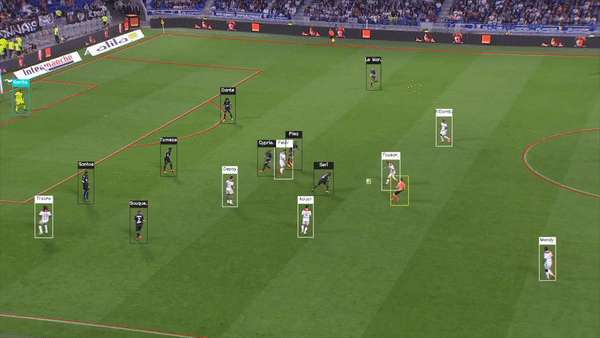
Player Reid (clustering) - Soccer
Player reid is yet another challenging task, where we want to cluster players from different teams and responsibility into separate categories. I explored different approaches and came to a conclusion that similarity matching can be a good strategy as players from one team appear similar. I used CNN and Triplet loss to make the model learn to detect players from the same teams and then used a clustering algorithm to group them.

Spindle X
Working with Xray images comes with an inbuilt challenge of data variation due to no standard rule to take pictures. With huge augmentation we wanted to detect each corner point in the spinal intervertebral discs. Because these fine points can be used to further measurements and make the diagnosis faster and better.
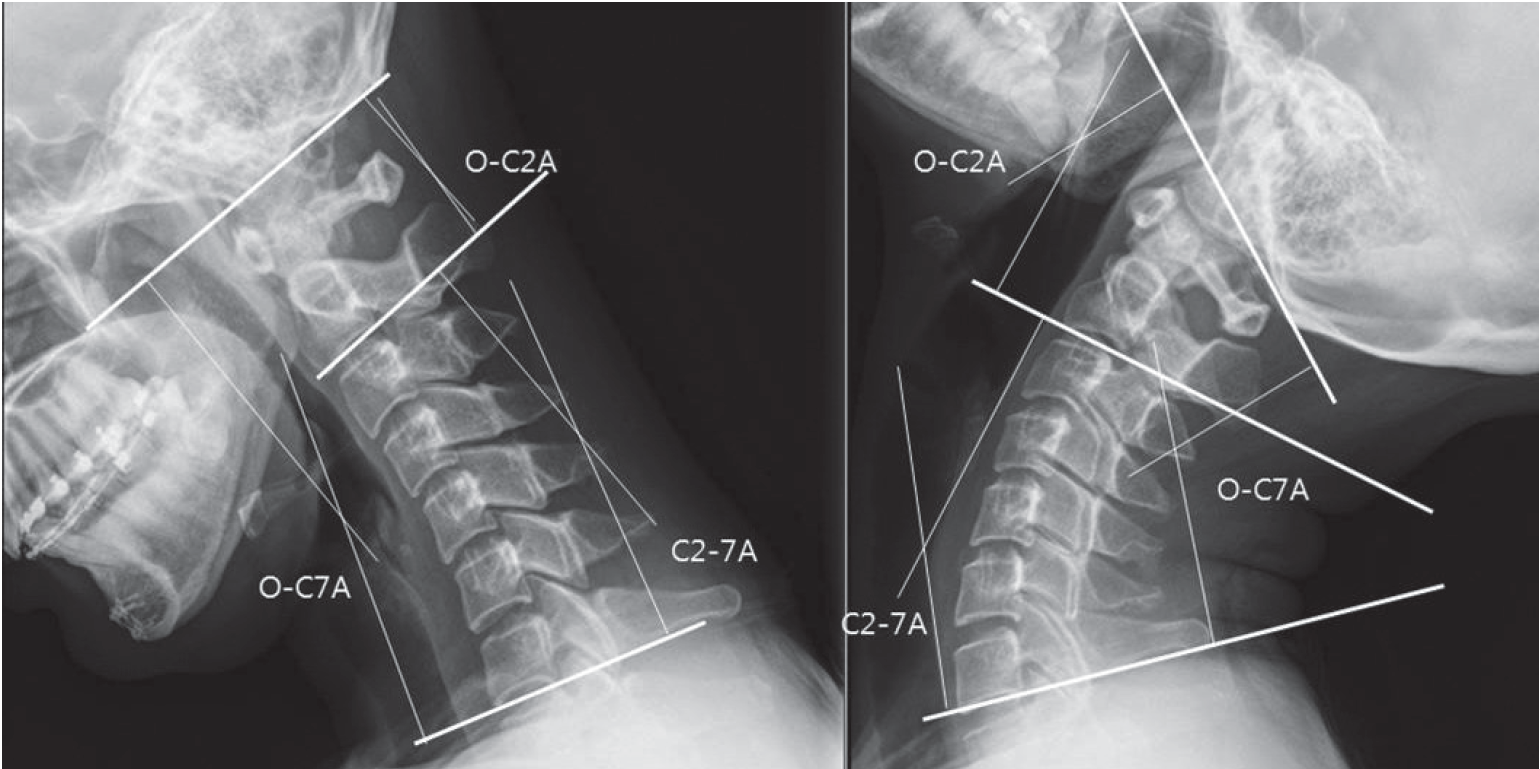
Spindle MRI
Worked on detecting disease at disk level in an MRI Image. So it was a multi-label multi-class problem. Used CNN to get underlying features to create a one vs all classifier. Detection of such disease needs very fine grained features, as it can be a difficult task even for human expertise.
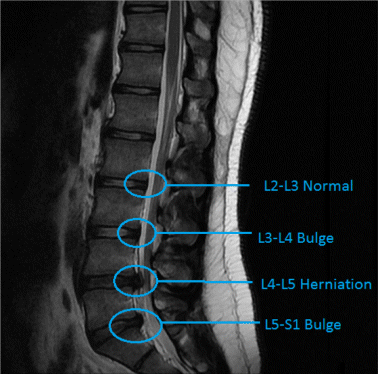
ANPR (automaic number plate recognition)
Automatic Number Plate Recognition is one interesting challenge which can have many uses and at a large scale. Detection of the correct licence plate can be used for surveillance as well monitoring any potential traffic violations. Combining CNN and RNN to form RCNN was the key ingredient. Each row of the plate was passed a sequence and it was able to predict what the potential characters could be even if the characters are not fully visible.

Helmet Violation Detection
Convolutional Detection methods like YOLO, SSD come with computation cost. So I Converted this problem into classification. I used license plates position to estimate potential head location and did a three classification as if both rider and pillion is wearing a helmet or not or if the image is junk since we don’t want to make false predictions for people who are actually following traffic rules. Having this in mind I was able to get about 98% recall.
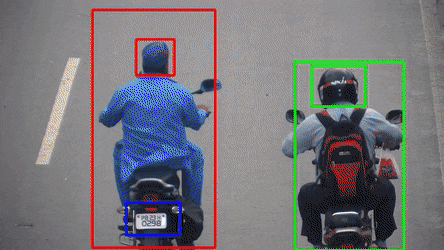
Vehicle Detection & Classification
Due to high computation cost, using convolutional detectors was not an option, but with the information of the plate we could make estimate about the vehicle presence and whereabout, did a classification and optimized it to run on intel machine at real time.
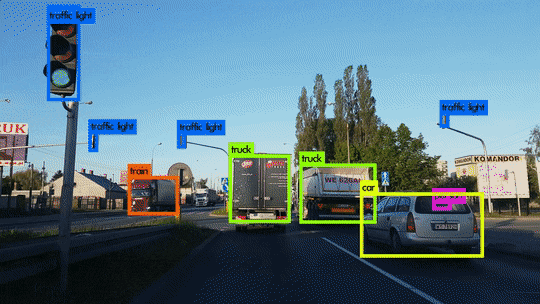
Traffic Enforcement System
Worked on backend of the application to detect violations such as Red light violation, wrong way violation, speed violations etc.
MOOCs
Stanford University CS231n, Spring 2017
Got a great undesrtadnding about convulational neural networks and how they are used to extract features from images. Understaood different neural architechtures and how they can be combined to solve problems.
Coursera - Machine Learning
Got to learn the fundamentals of Machine learning and algorithms, neural nets and its applications on real world problems.




